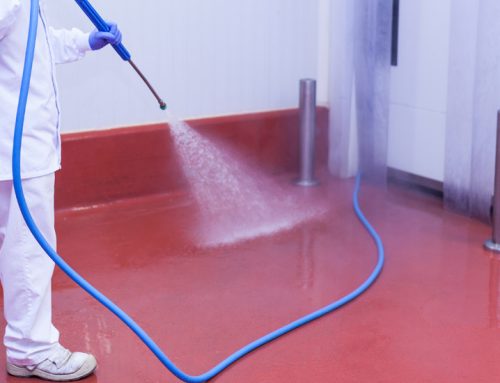Drains and Falls
Creating falls to drains is precise and tricky business and if not done professionally can cause some serious headache in the future. If installed correctly, the finished floor will look perfectly even to the naked eye, but will have a minor incline of about five degrees sloping towards the drains. Having falls to drains is not always required; though in some commercial settings it is an Australian Standard so make sure you know which health and safety requirements apply to your space; but falls do save time by removing the need to squeegee water into the drain and they help to avoid the build of of moisture and bacteria on your floor.
When requesting a quote for a concrete floor coating, there are a couple of things you will need to let us know about your floor:
1. How many drains are present and what kind of drains are they?

What types of drains are in your space, if any? Spoon drains or regular drains?
When quoting your flooring costs, we will take into account the amount of resin that will need to be used for your particular flooring. This calculation will need to exclude drains. Taking photos of your drains and sending them to us, if possible, is best. You can also draw a map of the room with approximate measurements and size and locations of drains and immovable objects that will decrease the amount of resin needing to be quoted. You can see an example of this in our article ‘How to Measure Your Floor’.
2. Are there falls to drains already installed, if not do you want us to install them for you?

You will need to let us know whether or not falls to drains already exist or whether you would like us to install them for you. When falls are present, there are certain types of resin that cannot be used – a self-leveling epoxy, for example, would simply flow down the falls and into the drain. Creating falls to drains is not automatically included in the cost of a concrete floor coating and will be an additional cost to the installation.
If you are working in a setting where hygiene is the number one priority, you may also need to consider coving and whether or not you need HACCP Accreditation. You can read more about these in our articles ‘Resin Coving’ and ‘HACCP Certification’.





